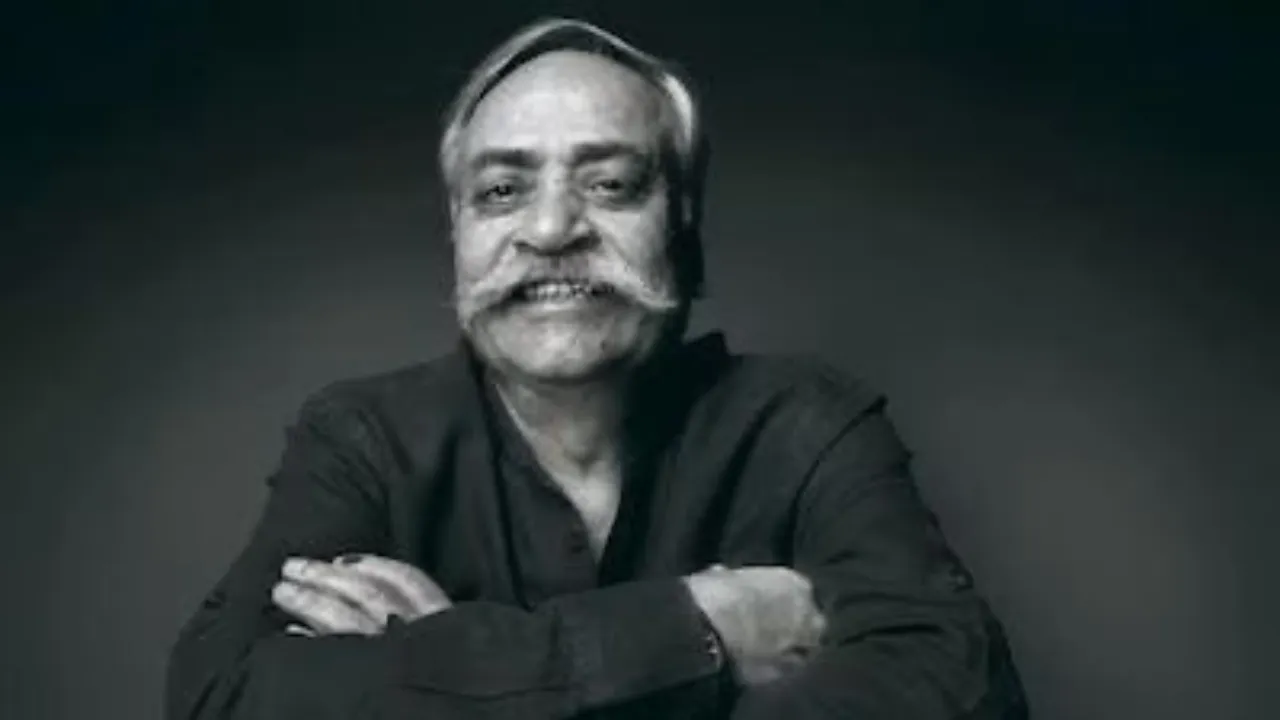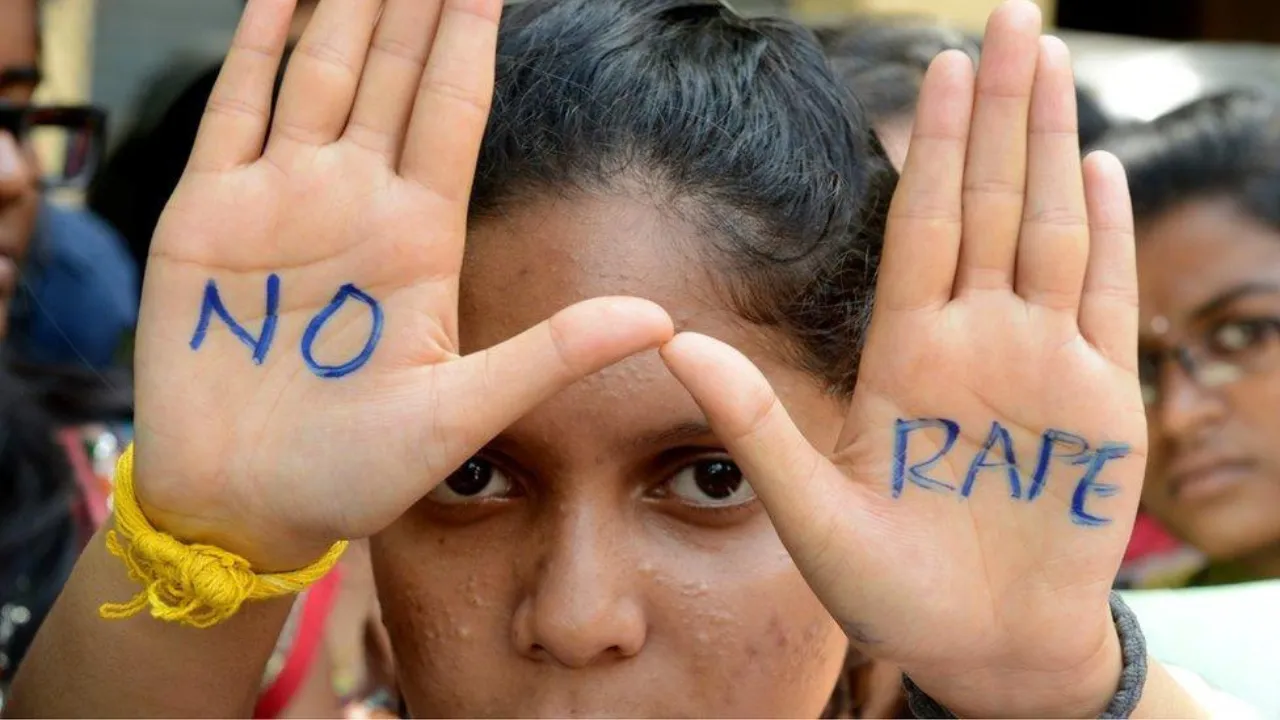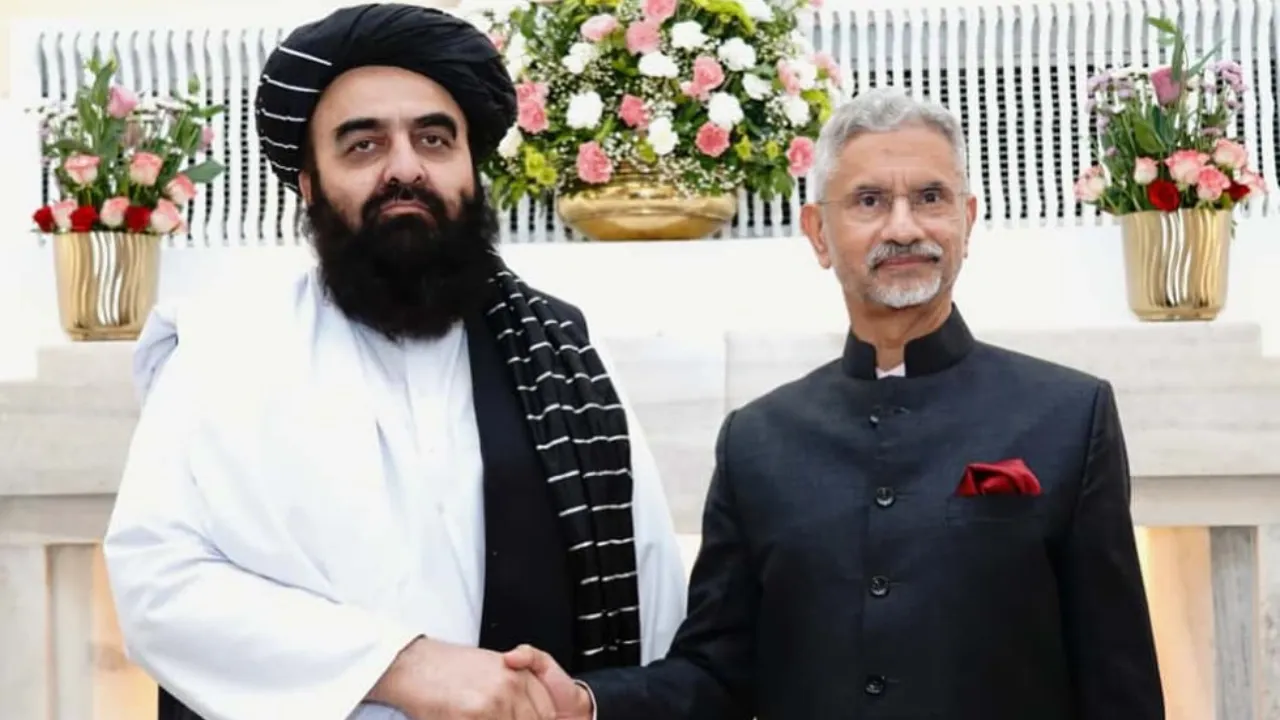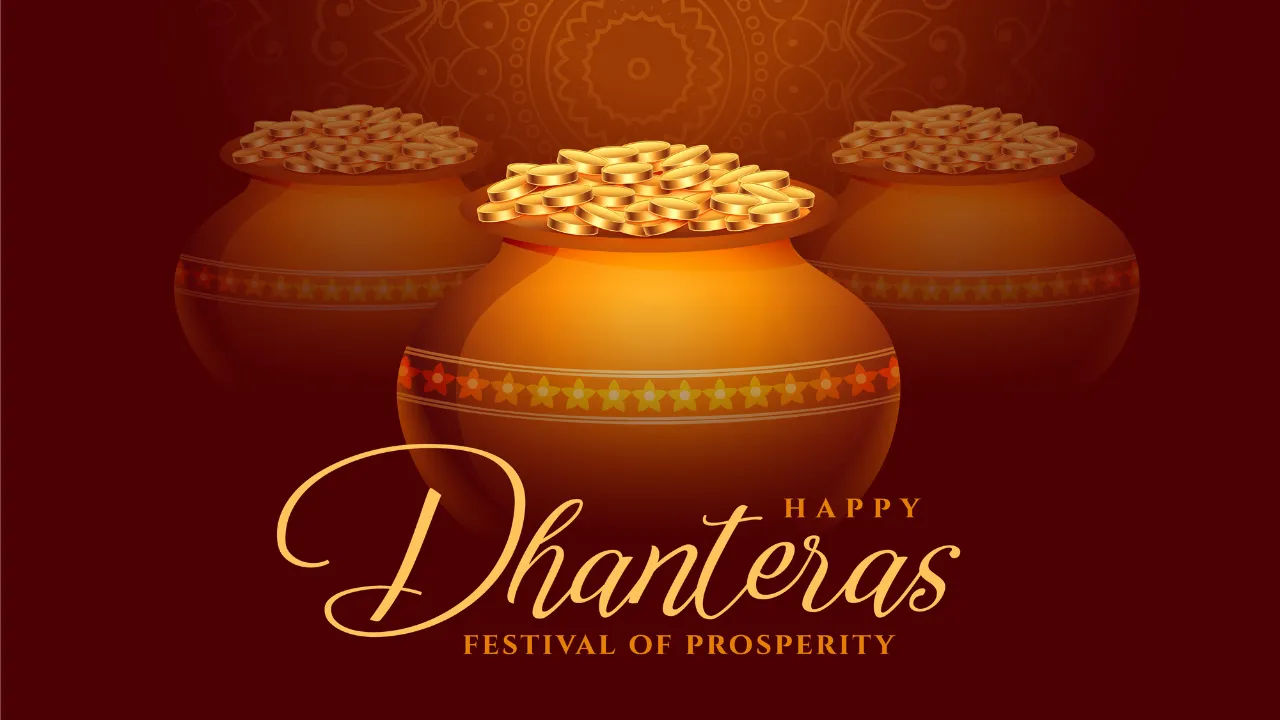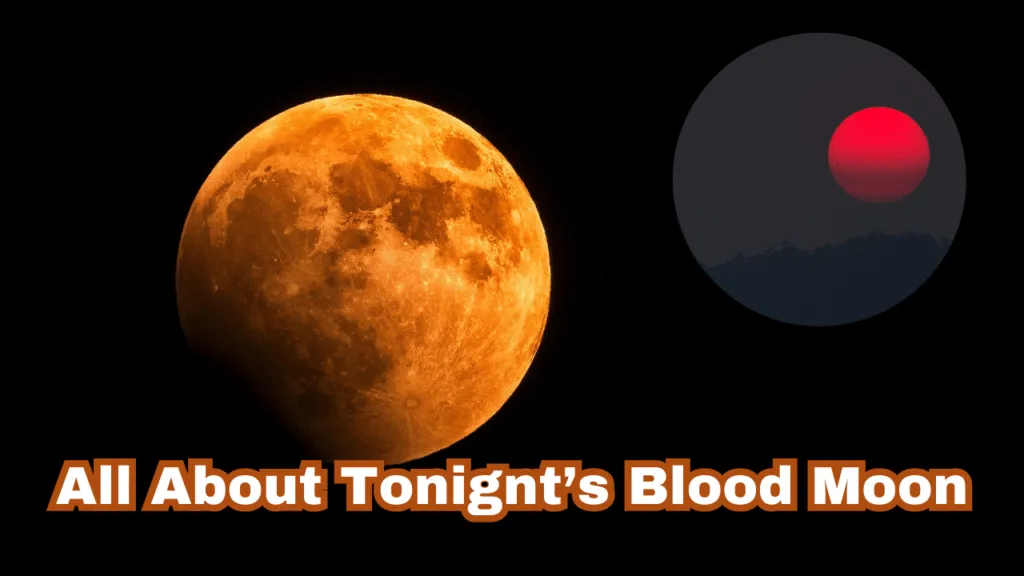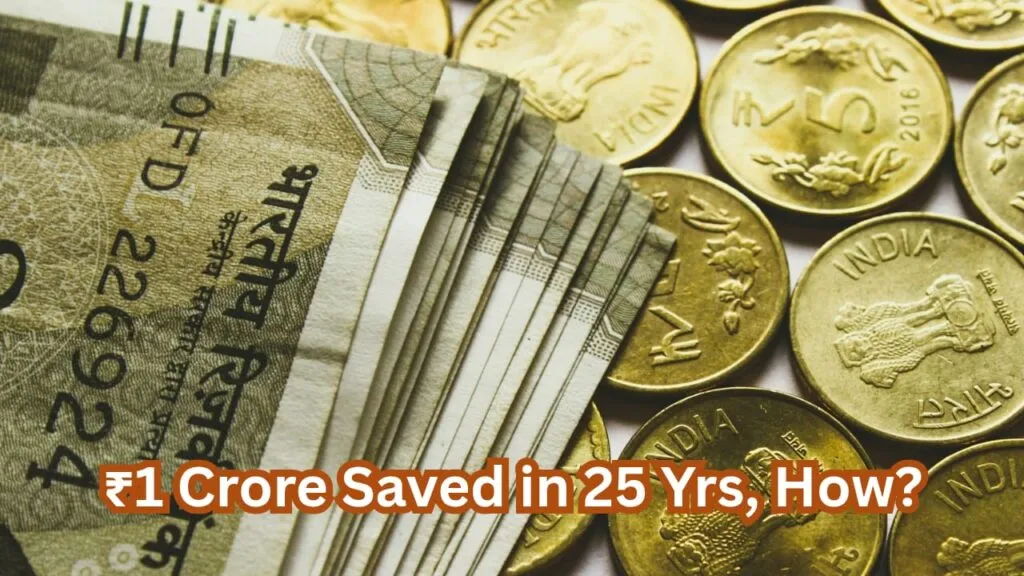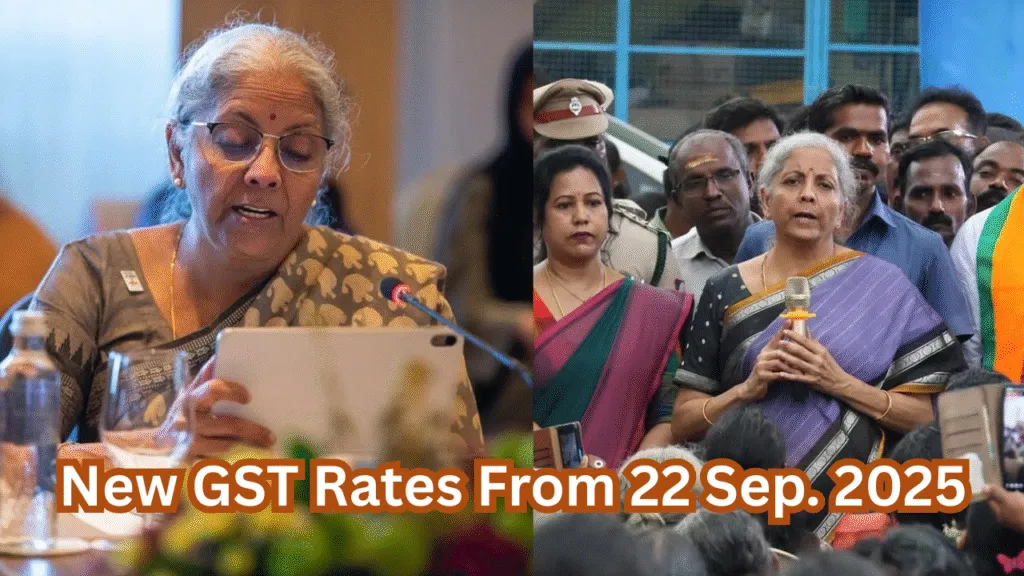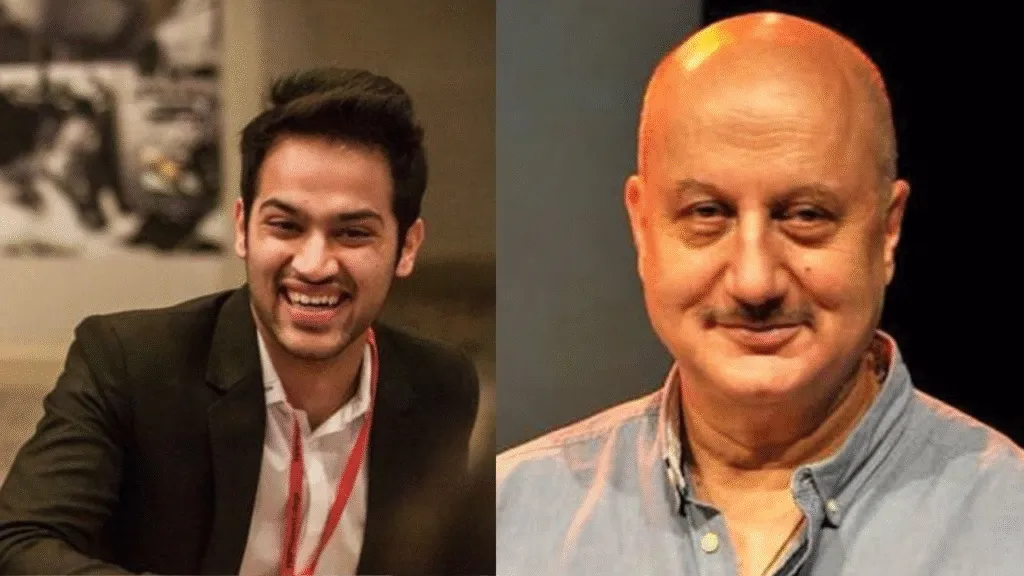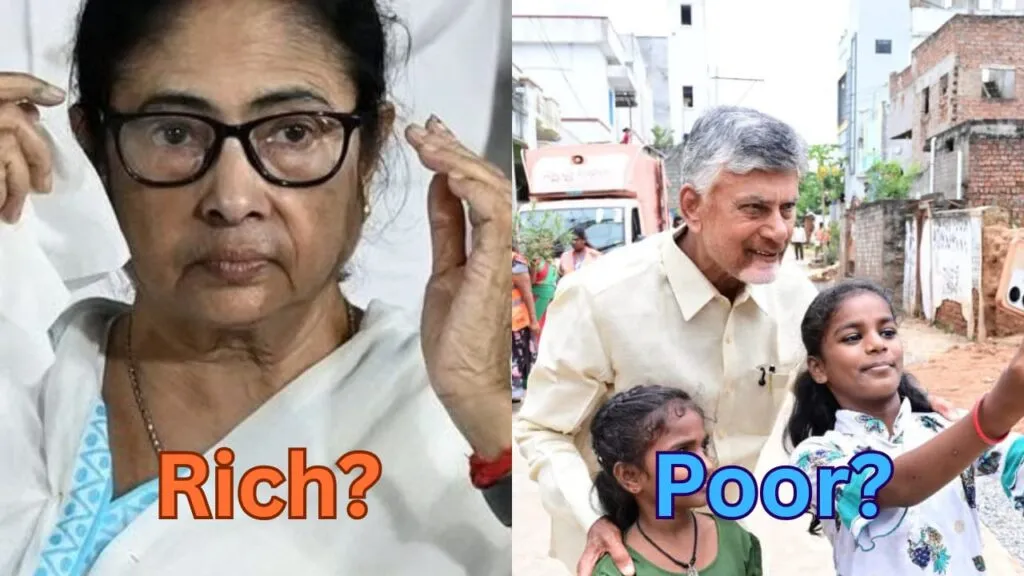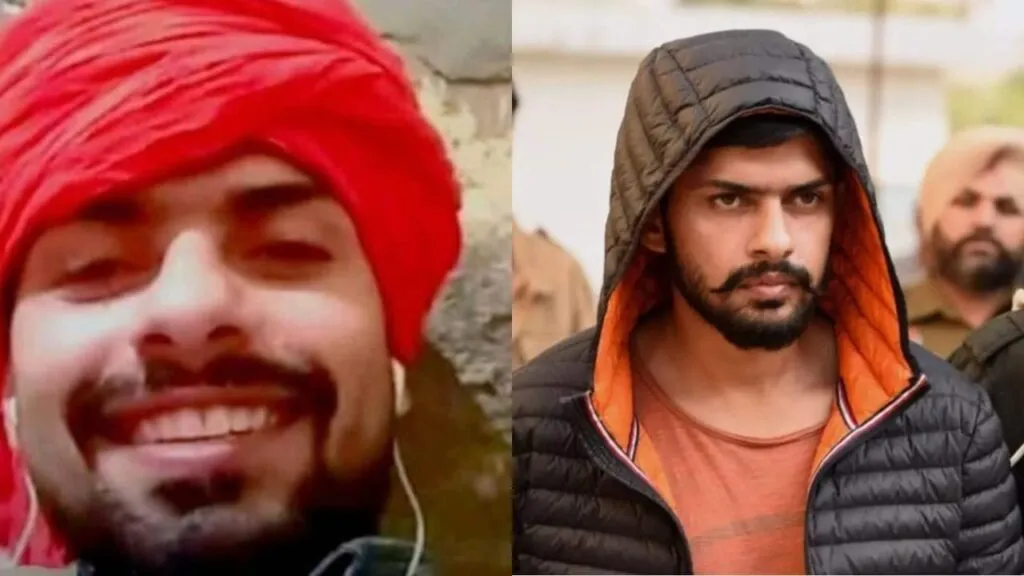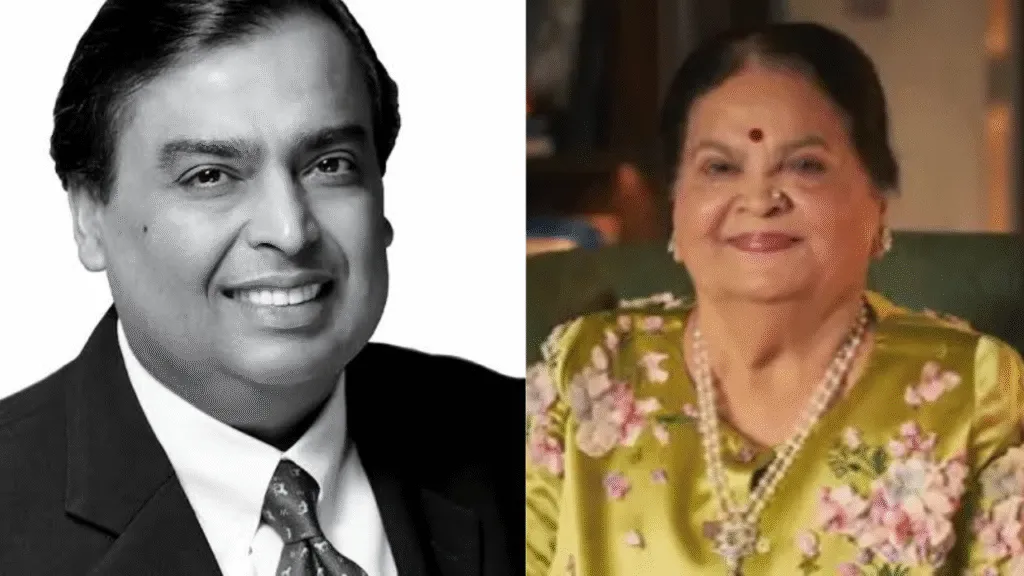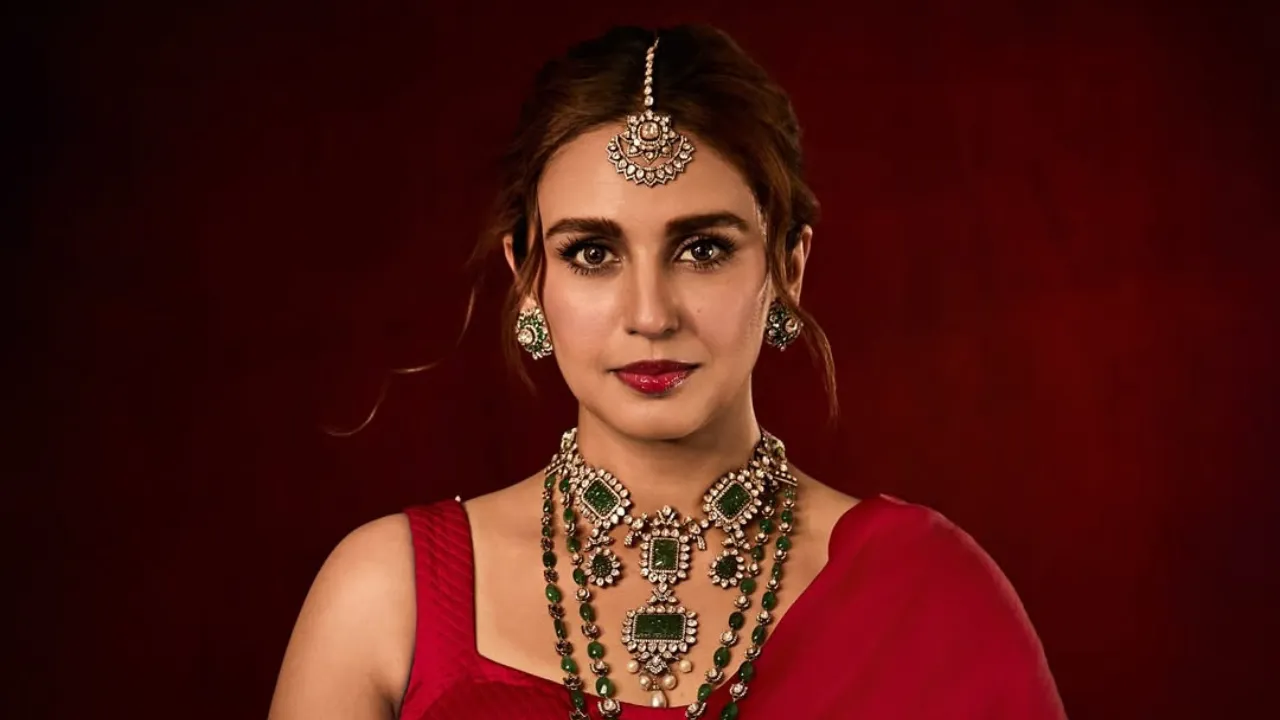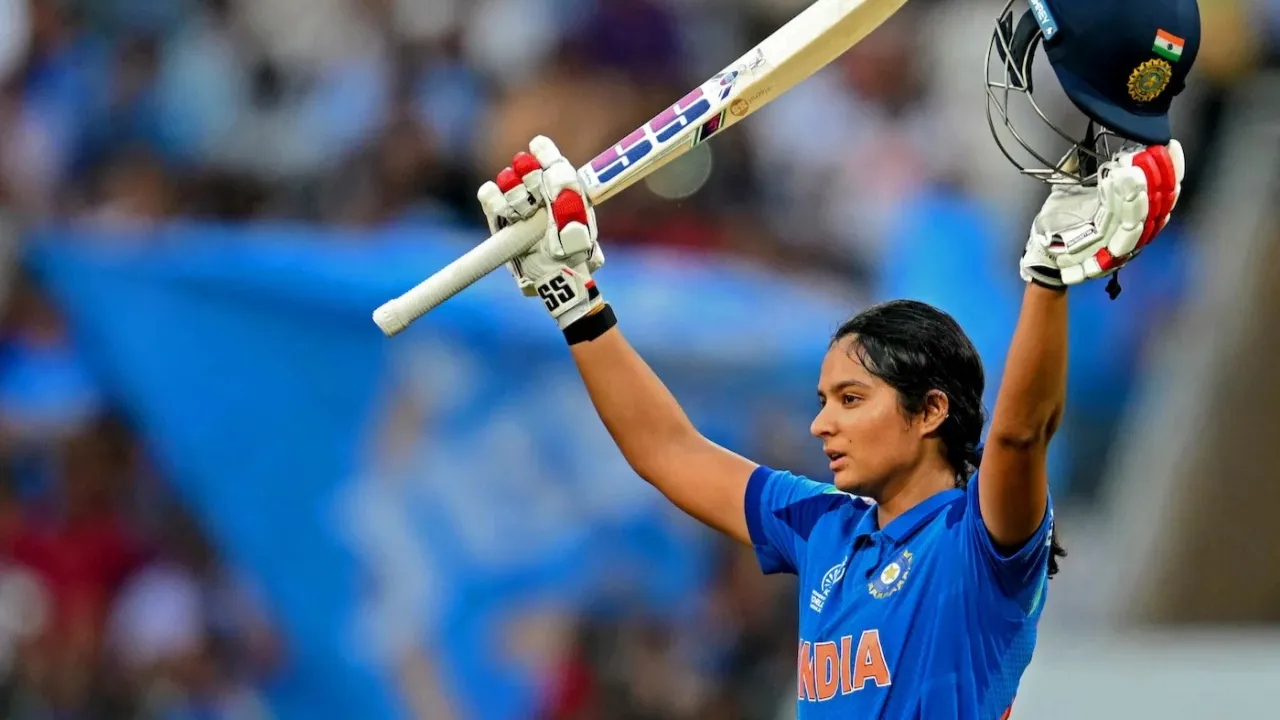How a Cadbury Campaign by Piyush Pandey Transformed India’s Perception and Love for Chocolate
When a single 40-second commercial can nudge an entire nation’s dessert choices, you know something important happened. That’s exactly what happened in the 1990s when Piyush Pandey — then at Ogilvy — gave Cadbury Dairy Milk a voice that made chocolate feel less like a child’s treat and more like an everyday celebration. The ad didn’t just sell a bar; it rewired a cultural script. Here’s how Piyush Pandey’s work reshaped Indian tastes, traditions, and the way brands speak to people.
The brief: make chocolate matter to adults
Why Piyush Pandey changed the target audience
Cadbury in India, until the early 1990s, was largely seen as a confection for kids. The challenge Cadbury gave Ogilvy was straightforward but tricky: make chocolate appealing to grown-ups. Piyush Pandey’s answer was to stop talking only about taste and start talking about feeling — belonging, celebration, the small moments that matter. That creative pivot is what turned Dairy Milk into an emotional shorthand for joy.
The creative spark
How Piyush Pandey turned a line into a cultural trigger
The breakthrough came from a simple idea: slot chocolate into Indian rituals of sharing and sweetness. Piyush Pandey reportedly sketched the initial lines on a boarding pass while rushing home for Diwali — a detail that captures how instinctive the campaign felt. The result was memorable copy and imagery: people eating Dairy Milk in moments of spontaneous celebration, a woman dancing on a cricket field, families choosing chocolate in place of mithai. That visual language made chocolate feel familiar, not foreign.
The message: chocolate as an everyday celebration
From occasional treat to “kuch meetha” habit
Rather than ask people to buy chocolate to replace sweets entirely, the ads suggested a tiny habit change — “kuch meetha ho jaaye” — turn small wins into occasions for sweetness. This repositioning did two things: it widened the category’s frequency of use, and it normalized adults eating chocolate publicly. Over time, the campaign embedded itself in family occasions, office rituals, and festival seasons. Cadbury stopped competing only with other chocolates and began to occupy the emotional space of celebration itself.
The cultural impact
How Piyush Pandey’s Cadbury ads nudged Indian behaviour
When an ad plugs into local culture, people copy the cue. In Kolkata, for instance, sweet shops started pairing chocolate with traditional mishti; households began including Dairy Milk on festive plates; and gifting habits shifted to include chocolate as an acceptable present for elders and peers — not just kids. The campaign made chocolate aspirational yet accessible, lifting it from a novelty item to a mainstream confection. That cultural nudge had measurable commercial effects: broader demographics, more frequent purchases, and a lasting brand association between Cadbury and celebration.
Why the craft worked
The storytelling techniques Piyush Pandey used
Piyush Pandey’s brilliance lay in three practical choices:
- Localised emotional truth: He used Indian rituals and small celebrations rather than imported metaphors. That made the idea sticky and relatable.
- Simplicity of language: Short, repeatable lines — easy to remember and hum — helped the campaign live beyond the TV spot.
- Visual shorthand: Everyday scenarios (cricket fields, buses, kitchens) made it feel like ordinary life had suddenly acquired a sweeter soundtrack.
These techniques are textbook examples of how advertising can change habits: small, believable nudges delivered with cultural empathy.
Business outcomes and brand longevity
The commercial payoff of Piyush Pandey’s idea
The repositioning unlocked new buyer segments — adults and young professionals — and increased usage frequency. Over the following years, Cadbury Dairy Milk became synonymous with emotional gifting and small celebrations. The phraseology and visuals created by Piyush Pandey left such a mark that later Cadbury campaigns could build on the same emotional equity rather than reinvent the wheel. The result was not just short-term sales bumps but decades of cultural resonance.
Legacy: more than one ad, a new way brands speak to India
Piyush Pandey’s lasting contribution to Indian advertising
The Cadbury work was one chapter among many in Piyush Pandey’s career, but it’s a defining one. By demonstrating how to translate emotional insight into mass behaviour change, Pandey taught brands how to speak with Indian audiences in their own idioms. His campaigns (from Fevicol to Asian Paints and Vodafone) followed similar patterns: humour and everyday truth, told with warmth and clarity. The Cadbury ad is therefore both a commercial milestone and a creative case study that continues to be taught and emulated.
What the modern marketer should take away
Practical lessons from Piyush Pandey’s Cadbury campaign
If you’re building a brand today, these lessons still hold:
- Find the local ritual that your product can naturally join.
- Make behaviour easy to mimic — short lines, simple actions, repeatable moments.
- Aim for cultural empathy, not imitation — speak the audience’s language, literally and emotionally.
- Build for frequency, not only one-time purchase — nudge small repeat behaviours.
These are low-risk, high-return moves that worked for Cadbury and will work for many categories beyond confectionery.
Closing: an idea that sweetened a nation (and a life’s work)
Piyush Pandey’s Cadbury ad as cultural engineering
The Cadbury Dairy Milk campaign that Piyush Pandey helped craft did more than increase market share. It changed social norms around gifting and snacking, made chocolate a legitimate part of Indian celebrations, and taught an entire generation how to think about brand storytelling. That combination of cultural insight and creative clarity is a rare thing — and why the ad still feels relevant decades later.
Piyush Pandey’s work on Cadbury shows that advertising’s greatest power isn’t persuasion in the narrow sense; it’s the ability to reframe cultural habits in a way that feels inevitable once you see it. In that sense, a simple bar of chocolate became a small instrument of social change — and that’s the sweetest kind of success.
Also Read: Tare: Jemimah Rodrigues Shouldn’t Have Been Benched vs England!
